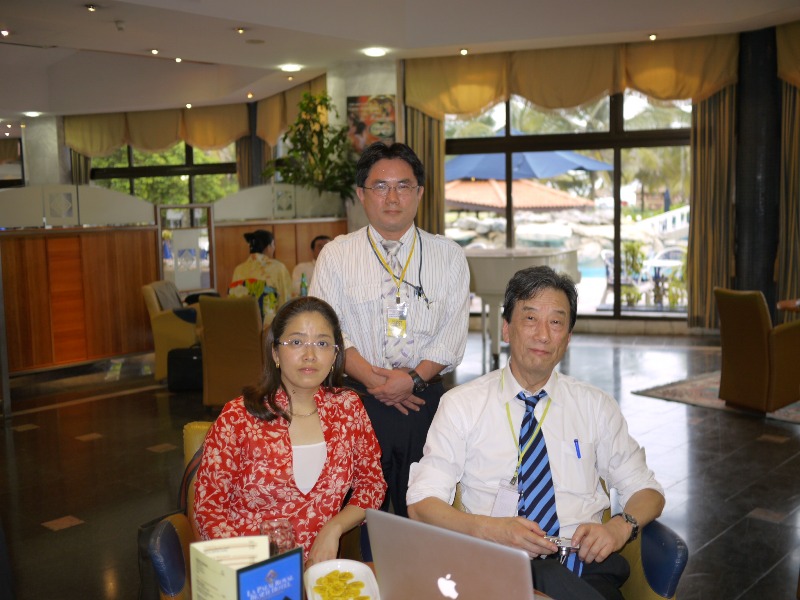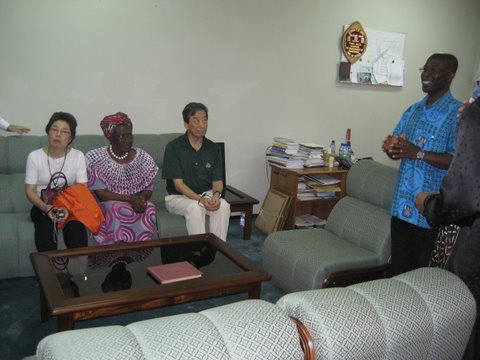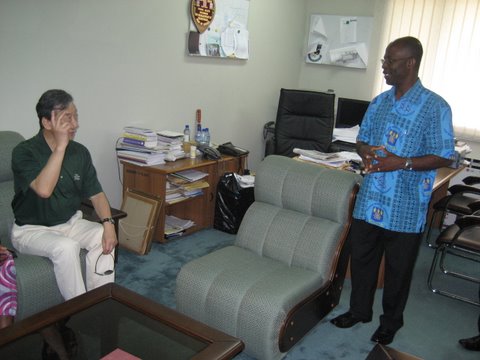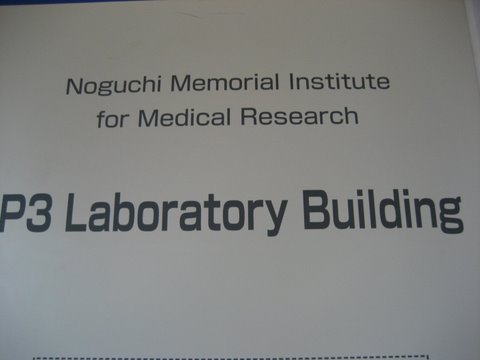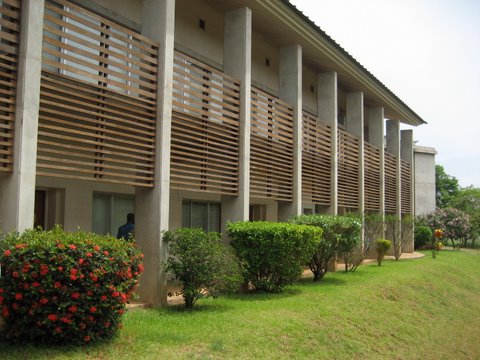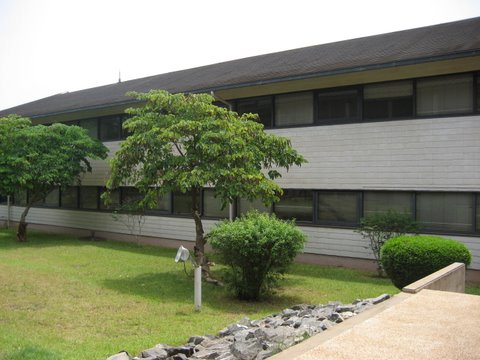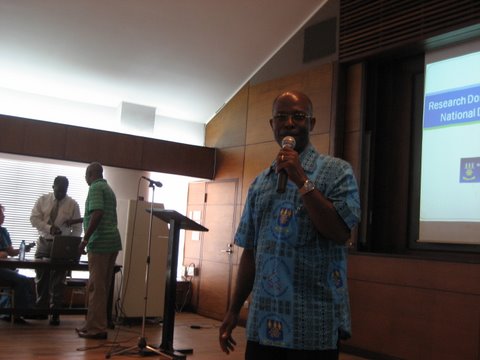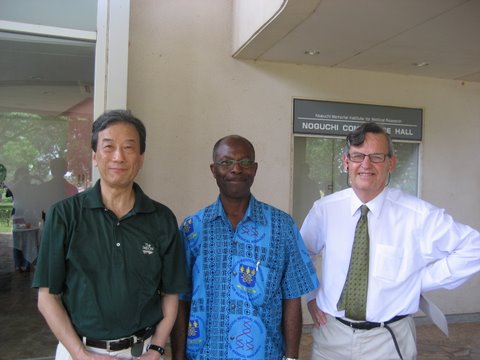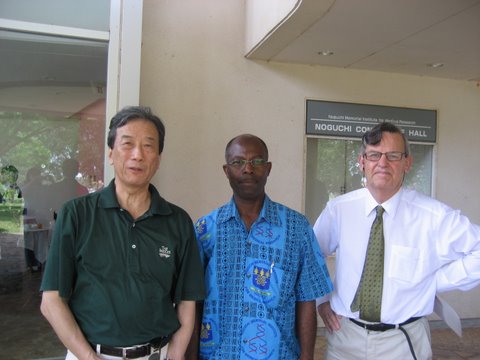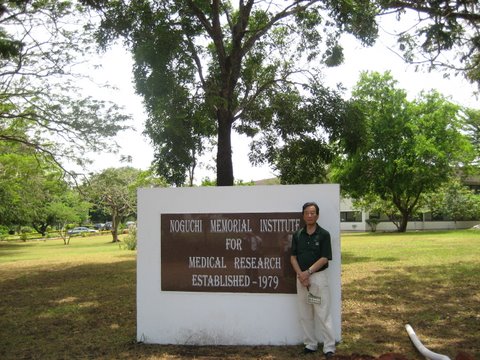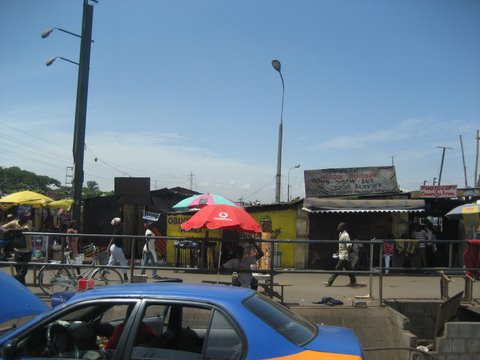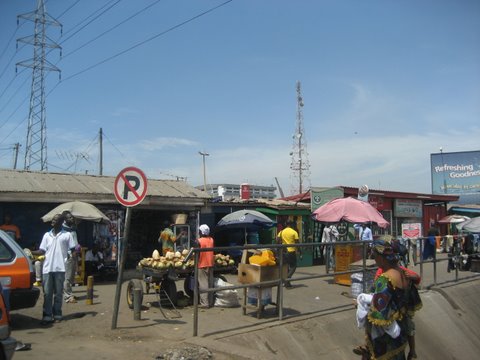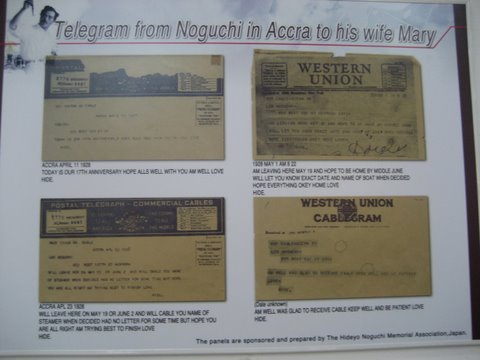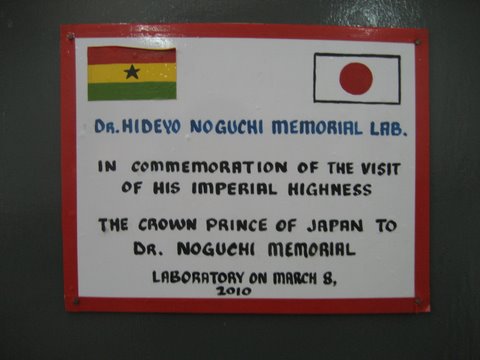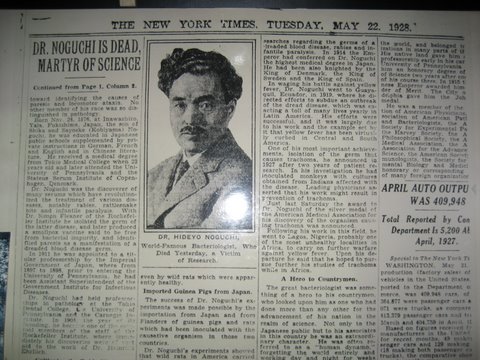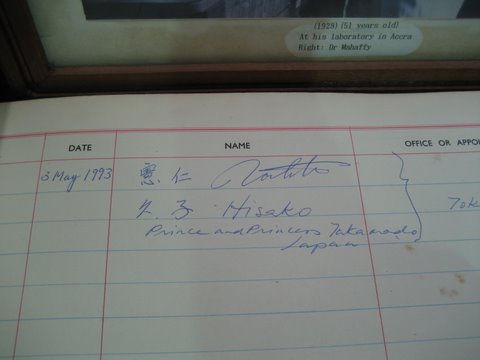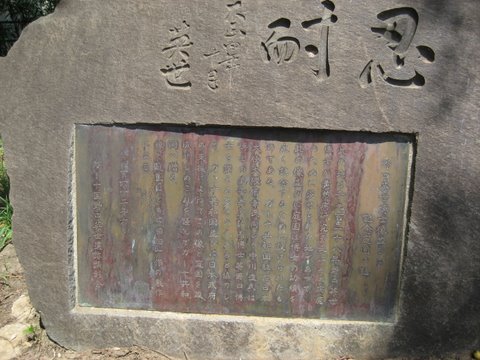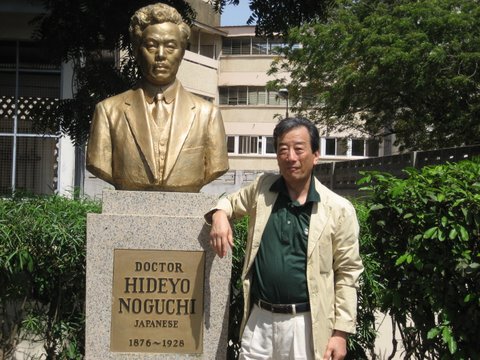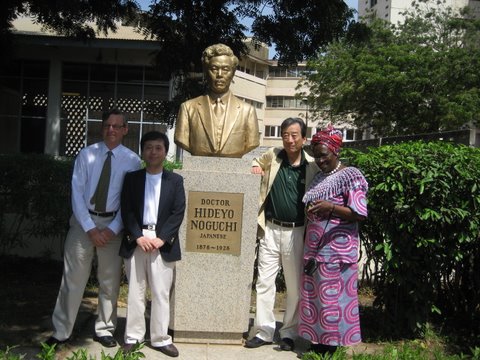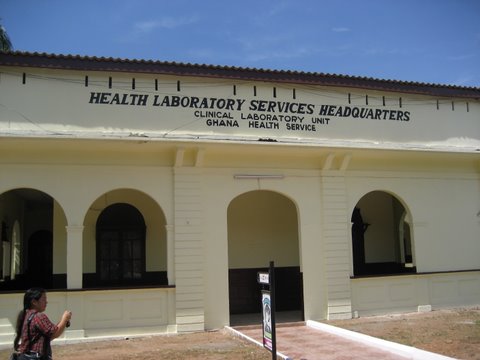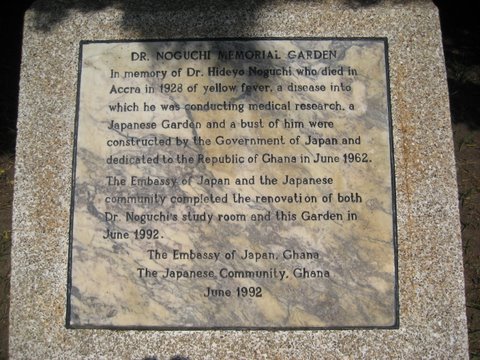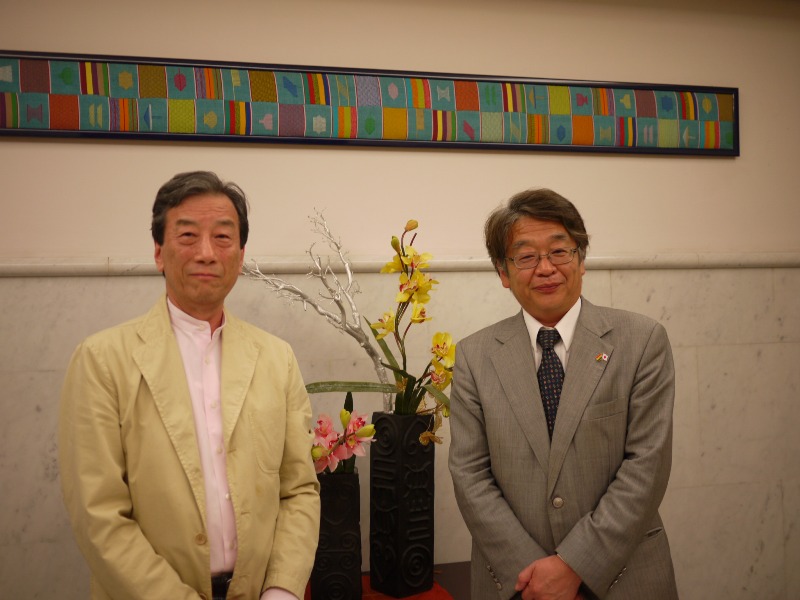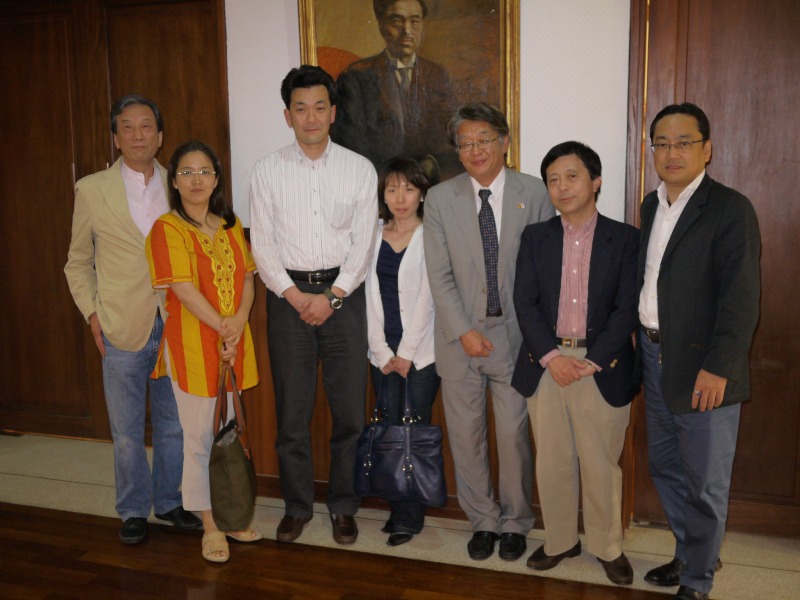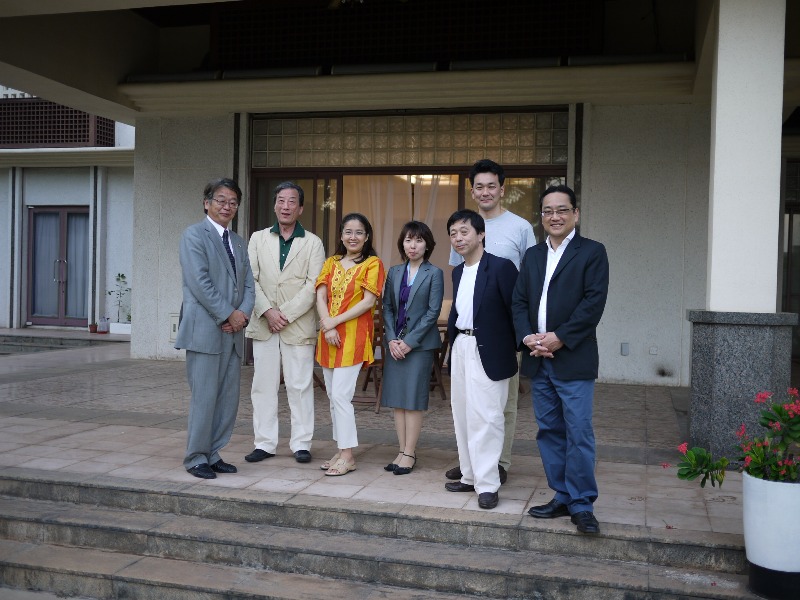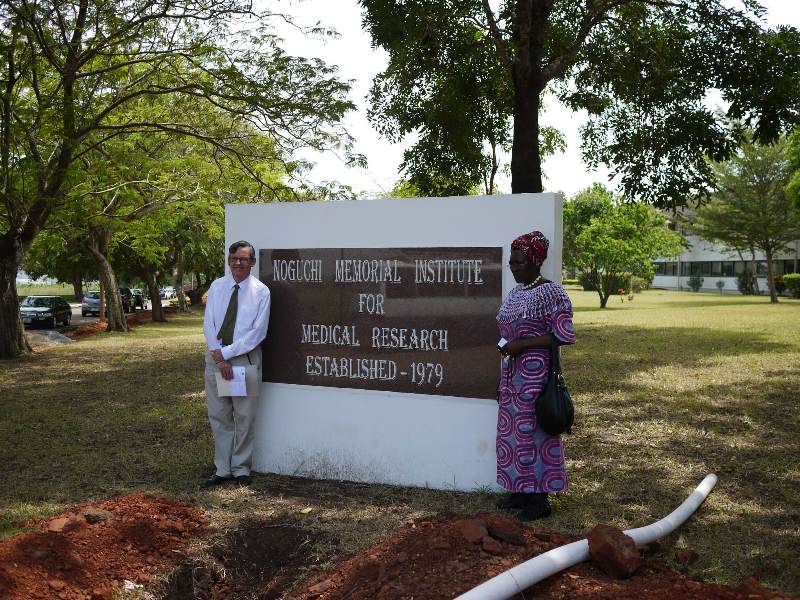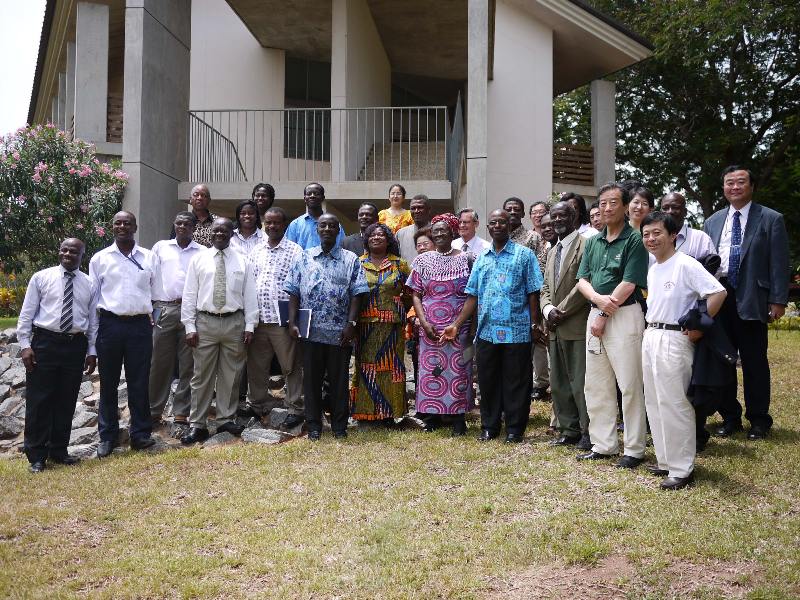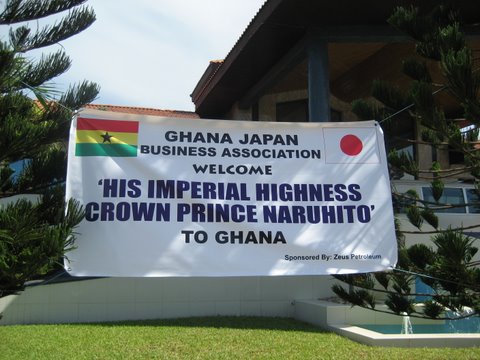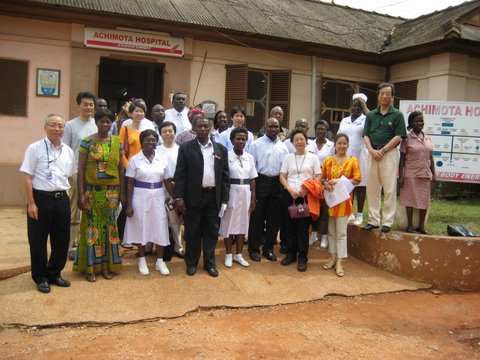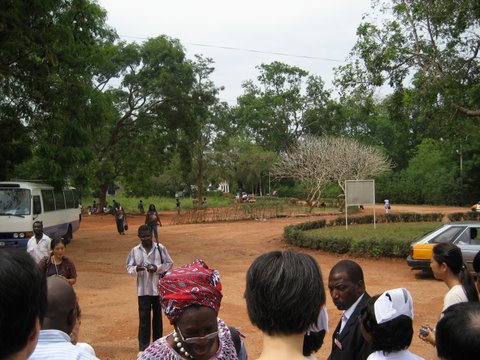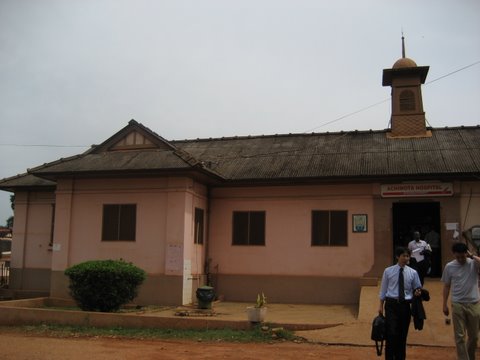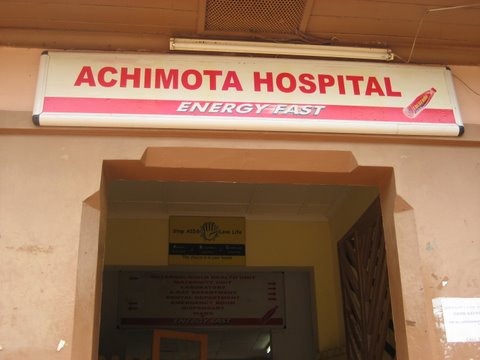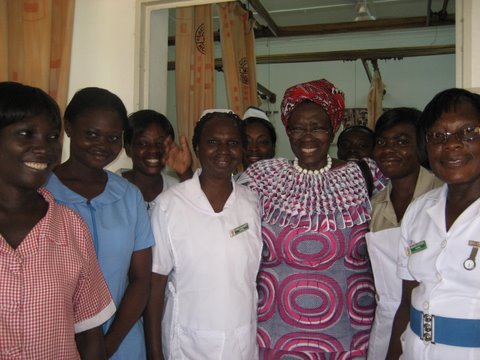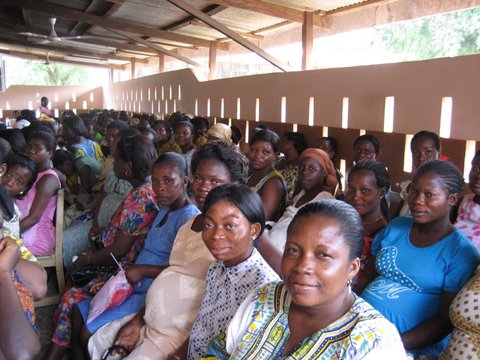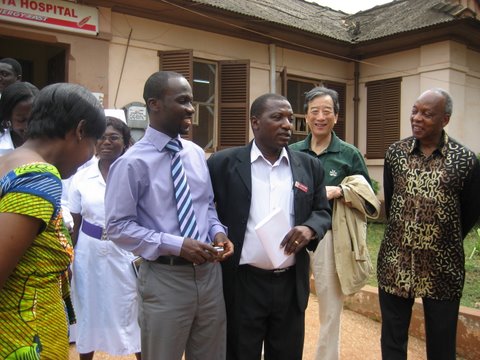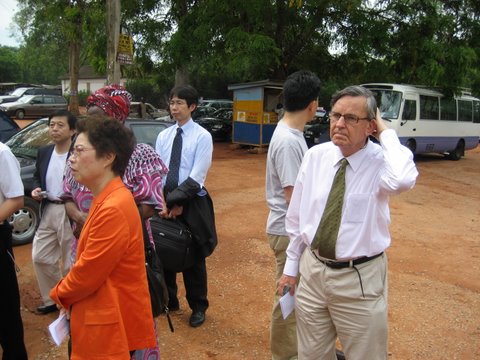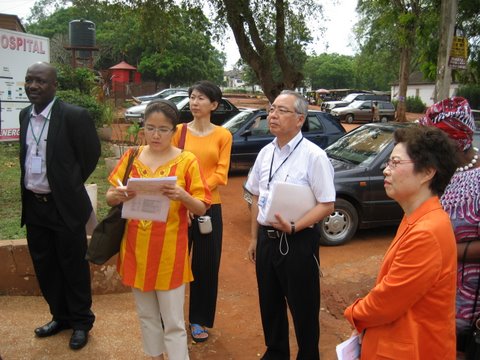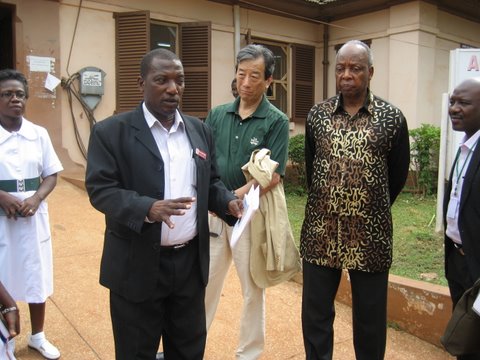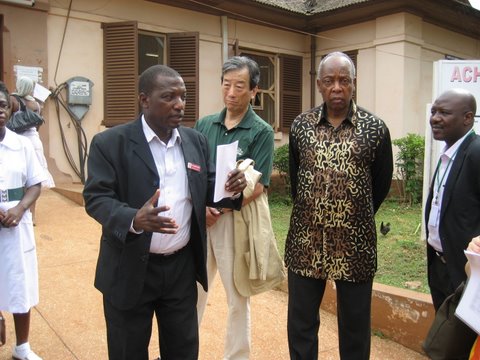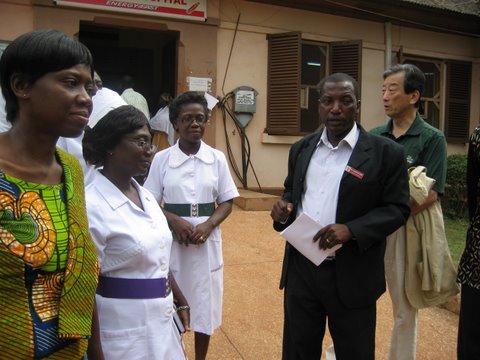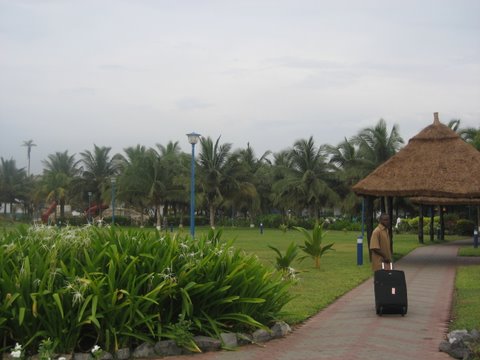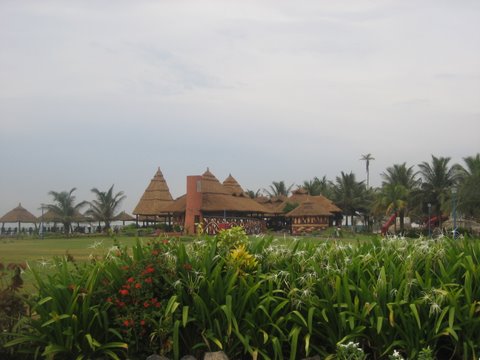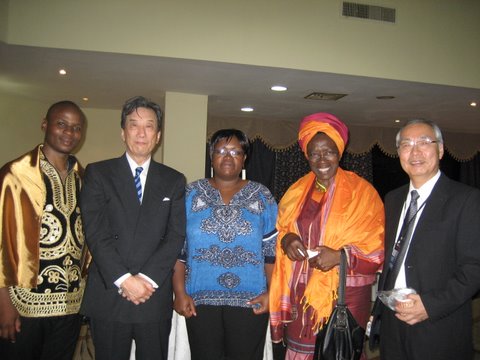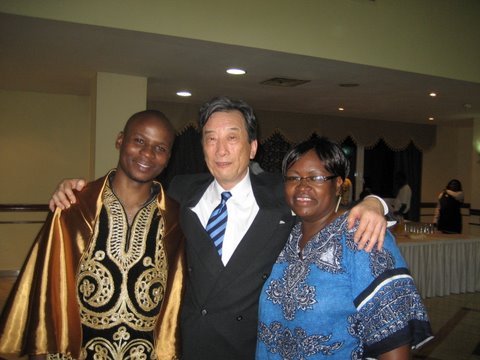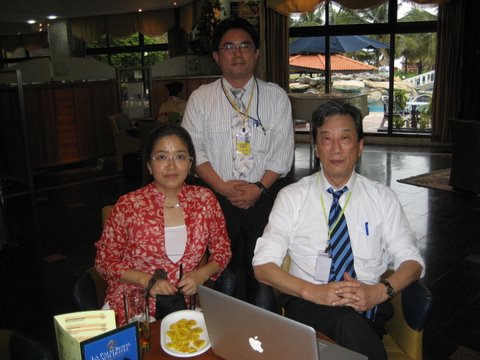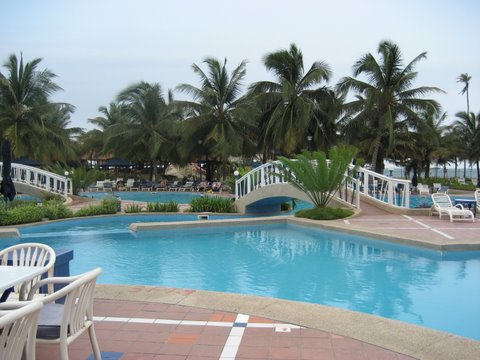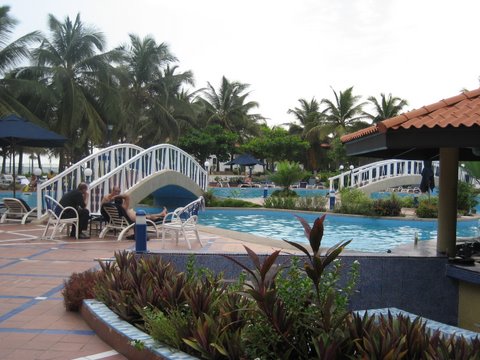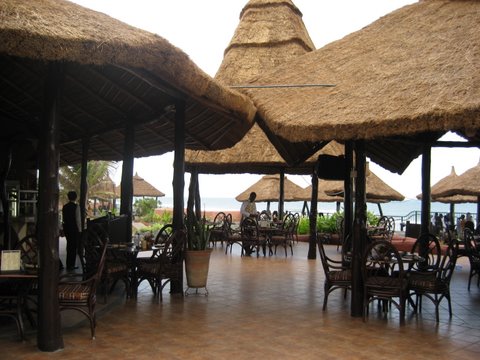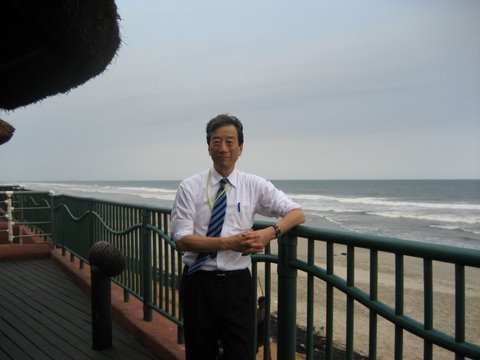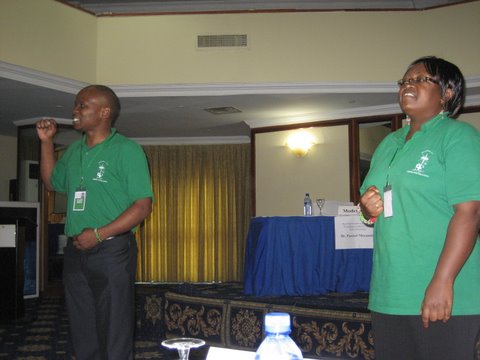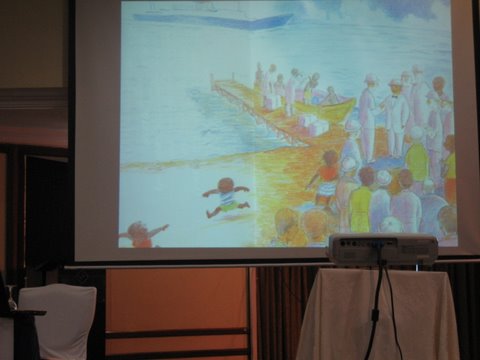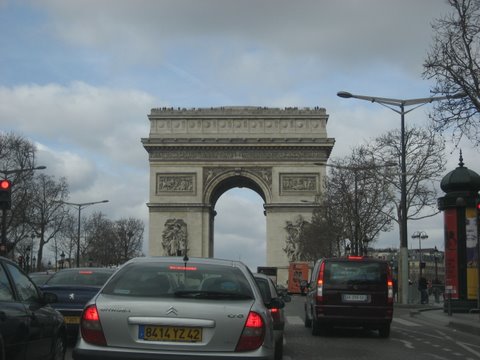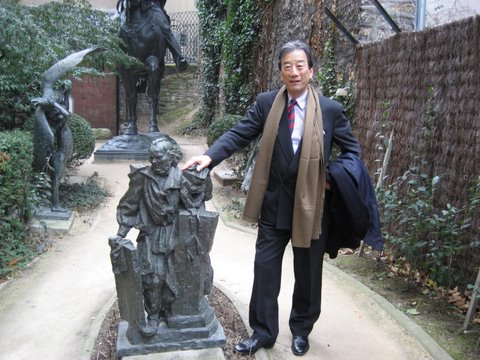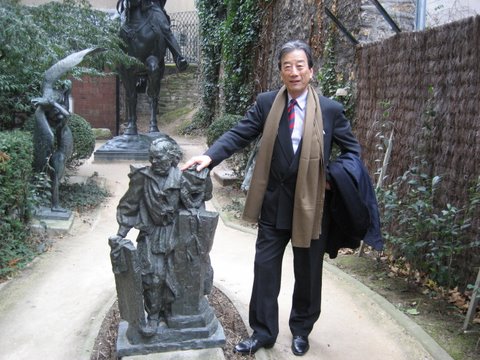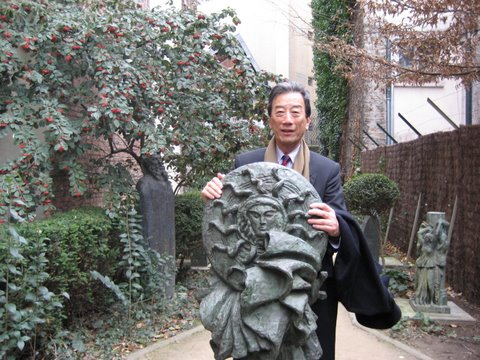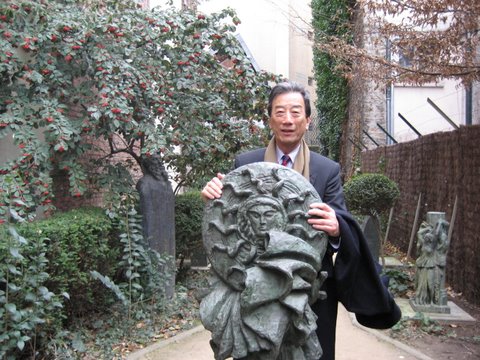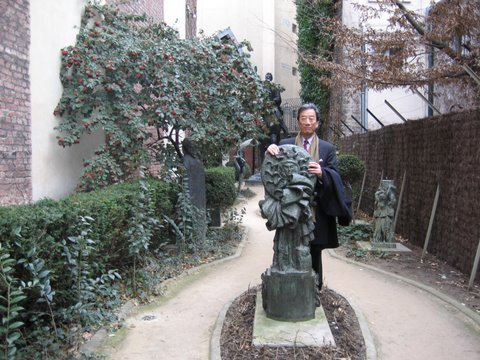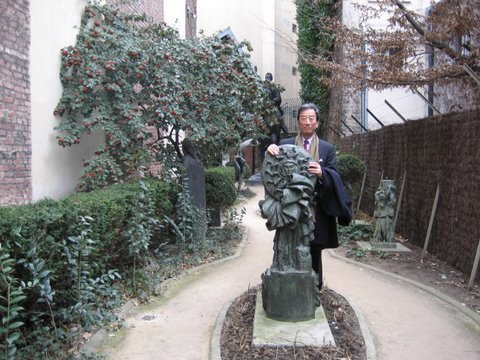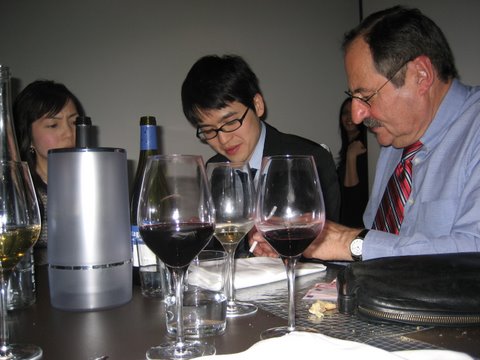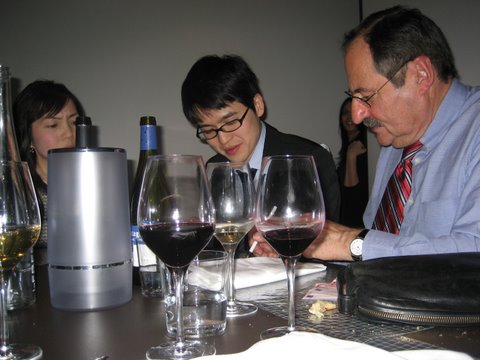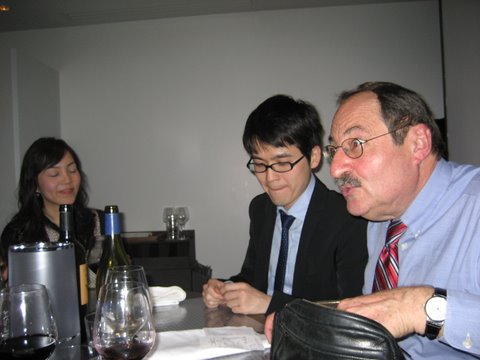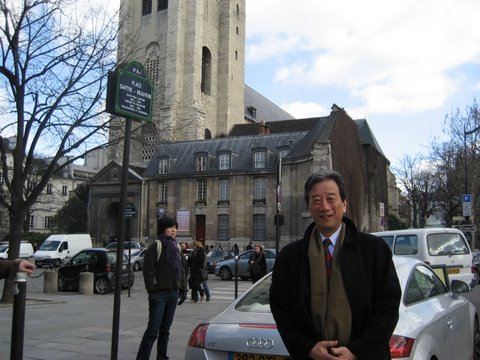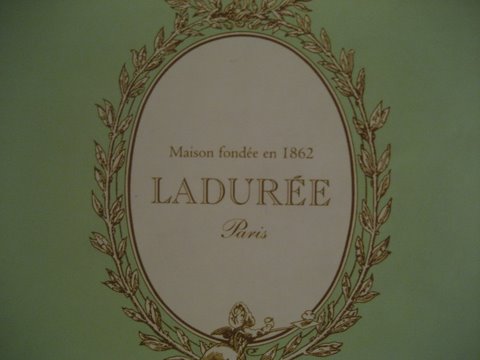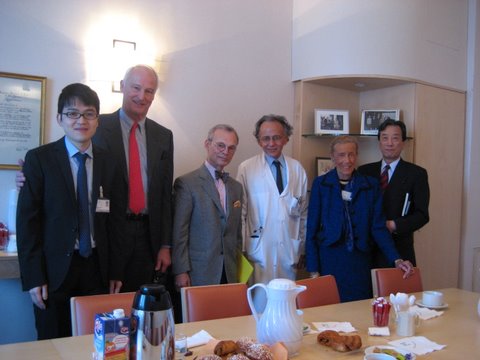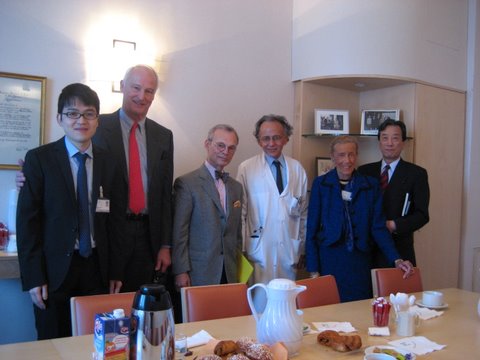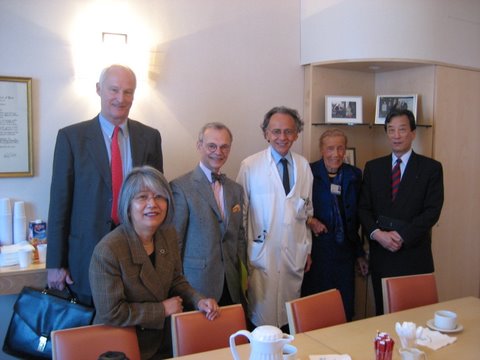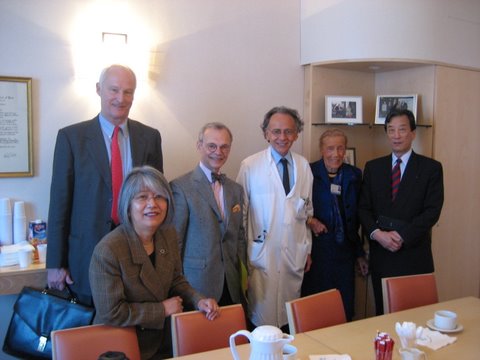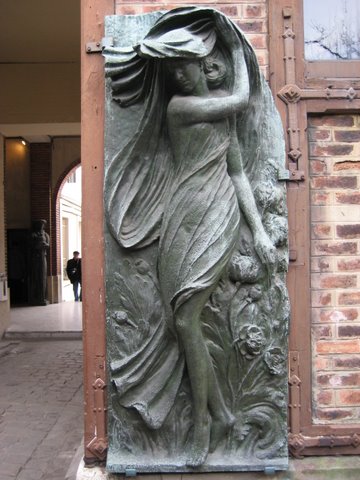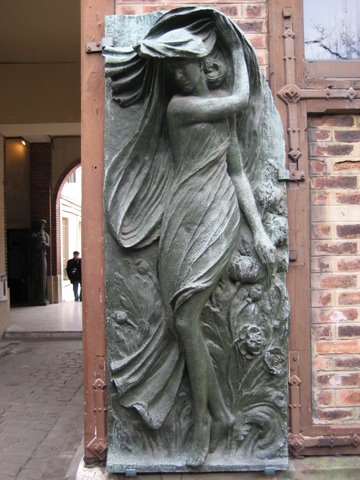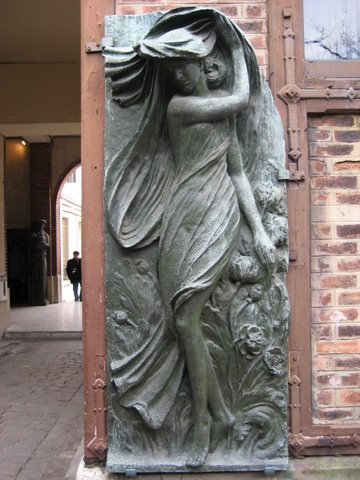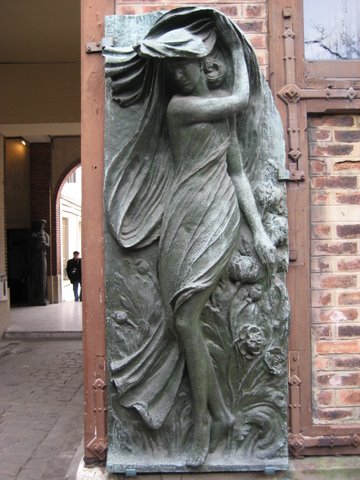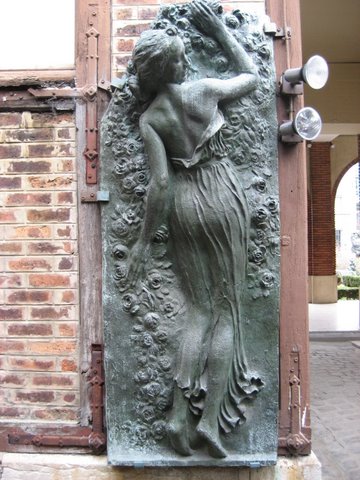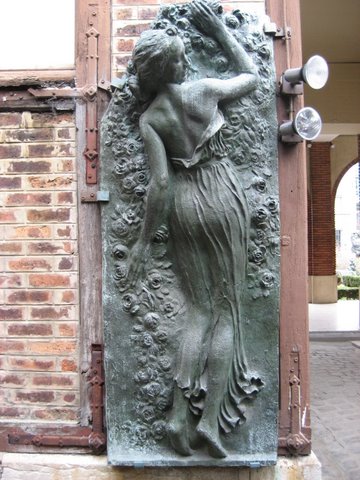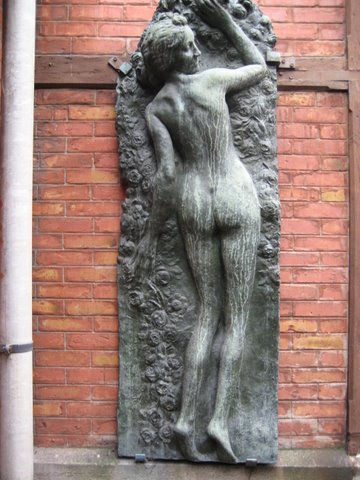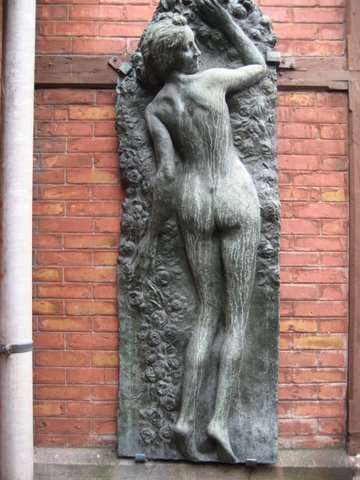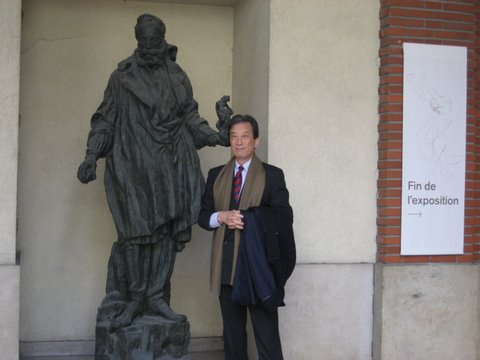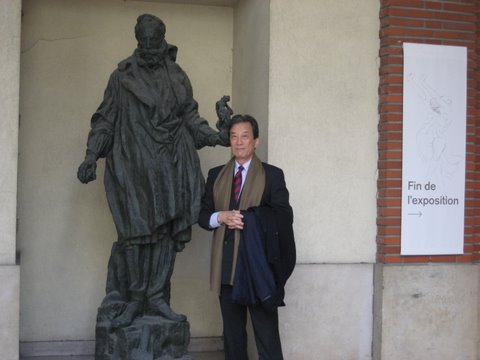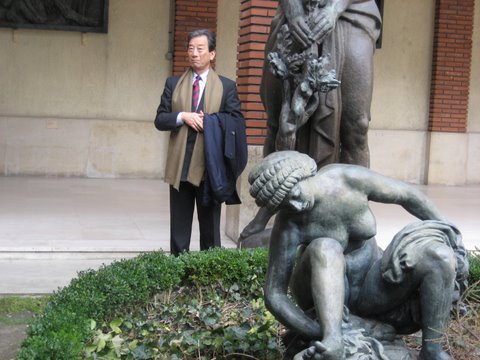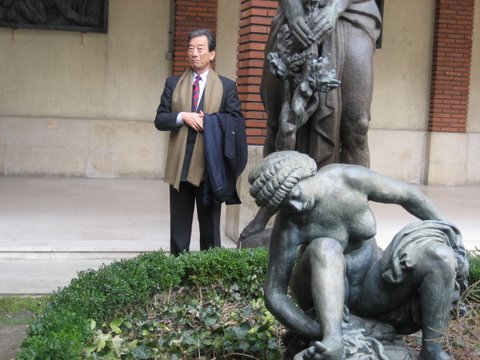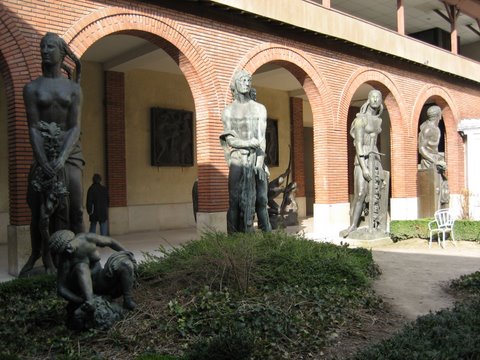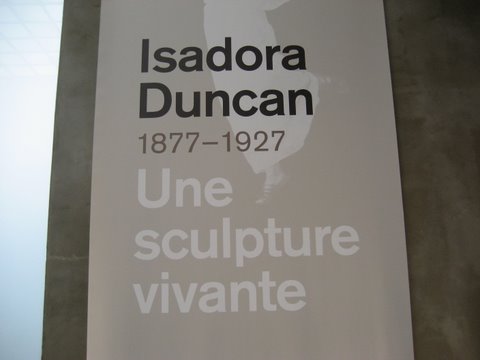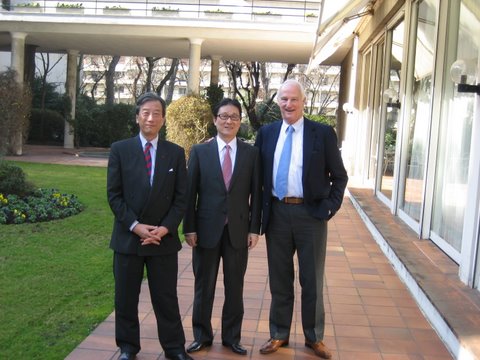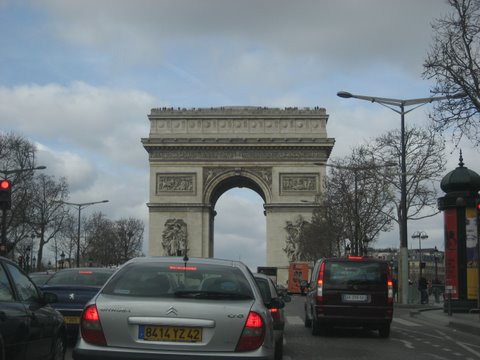Early in the morning of 20th (Sat.), after arriving at Narita from Singapore, I rushed to my home, had a shower, refreshed, and went off to GRIPS, my base office.
Today at GRIPS, we, our ‘Innovation Team’ at GRIPS, host a day of D-Lab of MIT under the theme of “ ‘Universities’ X ‘Technologies’ X ‘BOP’” (in Japanese) . D-Lab is, as I introduced several time in this web site, a new and exciting program for undergraduate students, preparing them for this global age. The day’s event was organized by Tsuchiya-kun, Endo-kun (Ref.1), and Riku-san , all involved in D-Lab at MIT. Just 3 days ago in the evening, I saw Professor Miyagawa of MIT (Ref.1) and talked about this event at GRIPS. He was very pleased to hear our plan.
Quite a number of people signed-up online and our auditorium at GRIPS was nicely filled with participants. Speakers and panels were all very good and there were lots of questions and answers, so I think the participants were quite satisfied with the event. I wrapped up the session with focus on the meaning and impact of the ‘D-Lab’.
The reception continued for 3 hours, probably reflecting the high satisfaction and enthusiasm among the participants. Everyone was quite excited.
You may find a site of D-Lab team in Japan(in Japanese) and a hot posting by Mr. Matsushita interesting. Through a day session, I felt that many young people sensed the global age, opened their eyes to great goals, unlimited possibilities. I thought that someone uploaded a live video-record on the web…. Trying to check it out…
I would say that the main driving force of the success of this event was the three young men and woman who organized this (in Japanese); Endo-kun (in Japanese) and Tsuchiya-kun (in Japanese) earned their Master’s degree in Japan and now for Ph. D. degree at MIT/Harvard, Riku-san studied undergraduate at MIT after graduating from the Japanese high school. They apparently have been involved with D-Lab projects in various ways. Now many young people in Japan saw and met these three mission and action-oriented three youth trying to reach out and speak their minds and hearts.
These three teach us clearly how ‘going for what you want to do’ is so important, how the experience make you see wider pictures and grasp opportunities. I recommend that you too, by all means, make up your mind and why not try to see the wide world to find what you really want to do and what you can do to make the world a better place.
